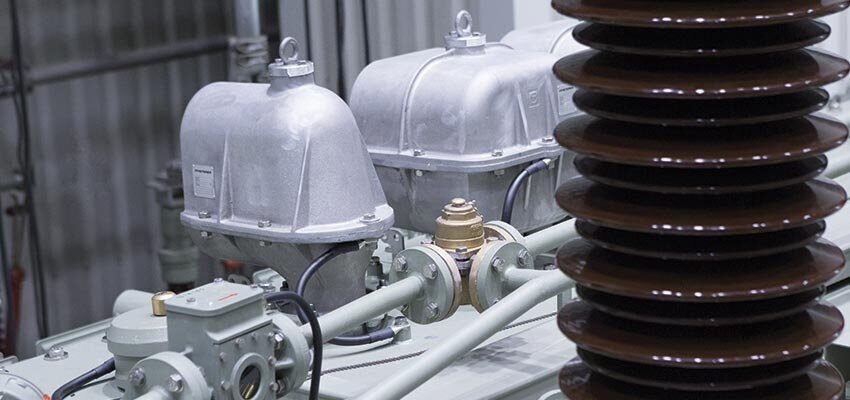
Column: Tap-changer know-how
Common oil expansion tank for transformers and tap-changers Introduction On-load tap-changers (OLTCs) feature an own oil compartment which accommodates the diverter switch or...
byRainer FROTSCHER

Common oil expansion tank for transformers and tap-changers
- Introduction
On-load tap-changers (OLTCs) feature an own oil compartment which accommodates the diverter switch or selector switch and separates the tap-changer oil from the transformer oil. This strict separation is necessary for conventional diverter and selector switches, because the arc-breaking operation deteriorates the oil in the tap-changer compartment severely and produces huge amounts of particles, soot and gases. It must be ensured that these deterioration products do not contaminate the transformer oil. For this reason, the active IEC and IEEE tap-changer standards [1], [2] require a tightness test or container integrity test for the diverter switch or selector switch. This test is only passed if the tap-changer oil compartment is pressure tight and gas tight. Nevertheless, there is a huge number of older units installed in the field which may show some leakage. This does not mean that the tap-changer oil mixes with the transformer oil to a big extent, but at least dissolved gases are able to travel between the two oil volumes and so may influence transformer DGA. There are basically three pathways which are used by tap-changer gases to diffuse into the transformer oil: via a non gas tight oil compartment (as seen for some old press paper cylinders), via leaking gaskets, or via a common air space in the oil expansion tank; see Figure 1.

Figure 1. Different pathways for gas contamination of the transformer oil by OLTC gases
The latter case is often not considered, but it appears quite often, e.g. in Eastern Europe. Dissolved tap-changer gases outgas to the air space in the expansion tank and dissolve again in the transformer oil, depending on the ruling gradients in partial pressure. With respect to such cases, IEC60599 specifies higher values for acetylene in the transformer oil (for typical gas concentration rates and typical rates of gas increase) for so-called “communicating OLTCs” [3].







